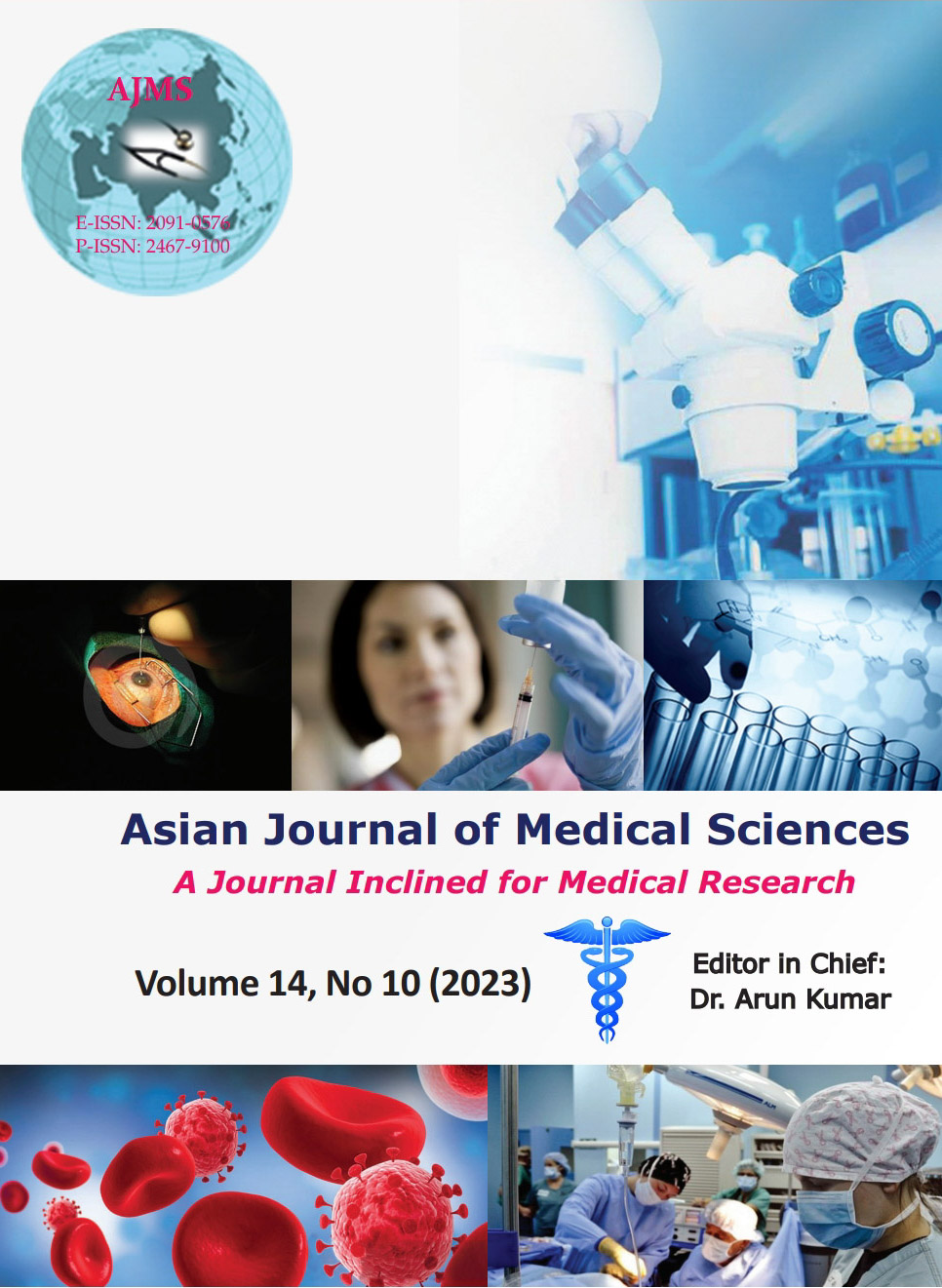A comparative study of two different doses of magnesium sulfate on pneumoperitoneum-related hemodynamics and on the recovery in patients undergoing laparoscopic gynecological surgeries: A double-blind, randomized, clinical study
Keywords:
Magnesium sulfate; Laparoscopy; Pneumoperitoneum; Hemodynamics response; Recovery timeAbstract
Background: Pneumoperitoneum (PP) with carbon dioxide (CO2) induces hemodynamic response due to the release of catecholamines and vasopressin. Magnesium Sulfate (MgSo4) inhibits the release of these mediators and attenuates the hemodynamic responses to carbon dioxide PP.
Aims and Objectives: This study aimed to compare two different doses of intravenous Magnesium Sulfate on attenuating PP-related hemodynamic responses. We also evaluated recovery time, the time interval between administration of the reversal agent and extubation.
Materials and Methods: Seventy female patients undergoing laparoscopic surgeries were randomized into two groups. Group I received 30 mg/kg of MgSo4 and Group II received 50 mg/kg of MgSo4 intravenous infusion prior to PP, respectively. Heart rate (HR), systolic blood pressure (SBP), diastolic blood pressure (DBP), and mean arterial pressure (MAP) were measured at regular intervals. The secondary outcome, Train of four ratio (TOF%), at reversal and extubation was recorded. Recovery time was noted.
Results: Demographic data, HR, SBP, DBP, and MAP were comparable between groups I and II, with no clinical and statistical significance in the ‘P’ value. The mean TOF ratio (%) at reversal was lower in group II (58.47±5.40) versus group I (66.93±3.43), with a P<0.001. The mean TOF ratio (%) at extubation was lower in group II (93.70±2.39) versus group I (97.47±1.59), with a P<0.001. Recovery time in minutes was higher in group II (17.80±1.19) versus group I (13.87±0.67), with a P<0.001.
Conclusion: Magnesium Sulfate 30 mg/kg and 50 mg/kg intravenous infusions prior to CO2 PP showed comparable hemodynamics in laparoscopic gynecological surgery. However, Magnesium Sulfate 50 mg/kg resulted in prolonged recovery from non-depolarizing muscle relaxants, necessitating neuromuscular monitoring for safer use.
Downloads
Downloads
Published
How to Cite
Issue
Section
License
Copyright (c) 2023 Asian Journal of Medical Sciences

This work is licensed under a Creative Commons Attribution-NonCommercial 4.0 International License.
Authors who publish with this journal agree to the following terms:
- The journal holds copyright and publishes the work under a Creative Commons CC-BY-NC license that permits use, distribution and reprduction in any medium, provided the original work is properly cited and is not used for commercial purposes. The journal should be recognised as the original publisher of this work.
- Authors are able to enter into separate, additional contractual arrangements for the non-exclusive distribution of the journal's published version of the work (e.g., post it to an institutional repository or publish it in a book), with an acknowledgement of its initial publication in this journal.
- Authors are permitted and encouraged to post their work online (e.g., in institutional repositories or on their website) prior to and during the submission process, as it can lead to productive exchanges, as well as earlier and greater citation of published work (See The Effect of Open Access).




